Crate for Pythonistas with SQLAlchemy
In this tutorial I want you to show how to interact with Crate using SQLAlchemy. SQLAlchemy is a Python SQL toolkit and Object Relational Mapper.

In this tutorial I want you to show how to interact with Crate using SQLAlchemy. SQLAlchemy is a Python SQL toolkit and Object Relational Mapper.

CrateDB allows ingesting large amounts of data, from hybrid sources and at scale, while allowing real-time queries with a familiar SQL interface. With the release of CrateDB v4.6 we continue to improve CrateDB to achieve these goals even better, based on our customer and user feedback.
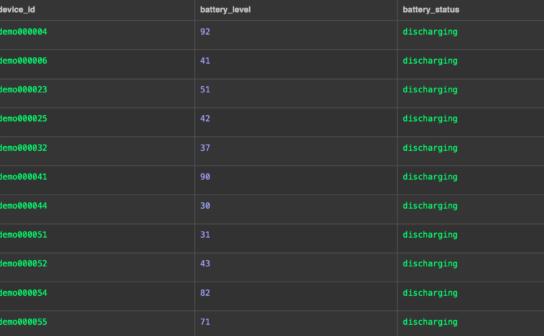
In this tutorial, we show you how to export your tables from PostgreSQL/TimescaleDB and import them into CrateDB.

In this tutorial, we show you how to monitor your CrateDB cluster using Prometheus and Grafana, enabling JMX monitoring. We also give you the option to download a pre-built dashboard to speed up the process.

Apart from including the Enterprise features and new statements as the CREATE TABLE AS, with CrateDB v4.5 we've done work behind the scenes—with improvements in the documentation, error messages, and stability.
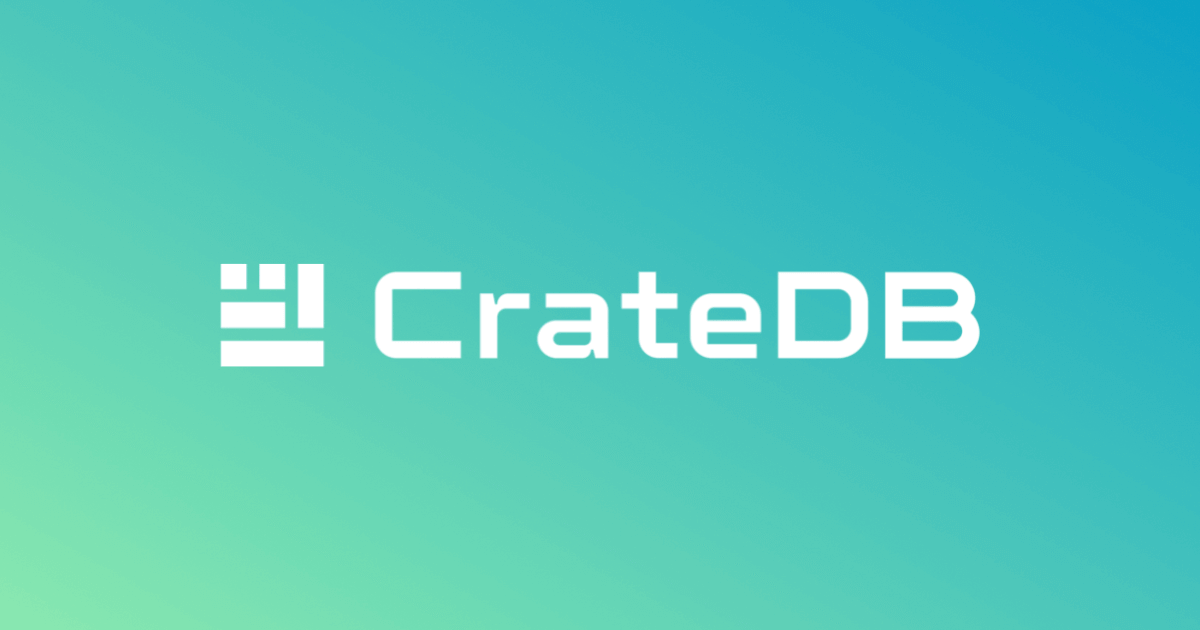
Crate.io will no longer use Elastic’s Elasticsearch as an upstream project for CrateDB and open source its entire codebase under the APLv2 with CrateDB 4.5
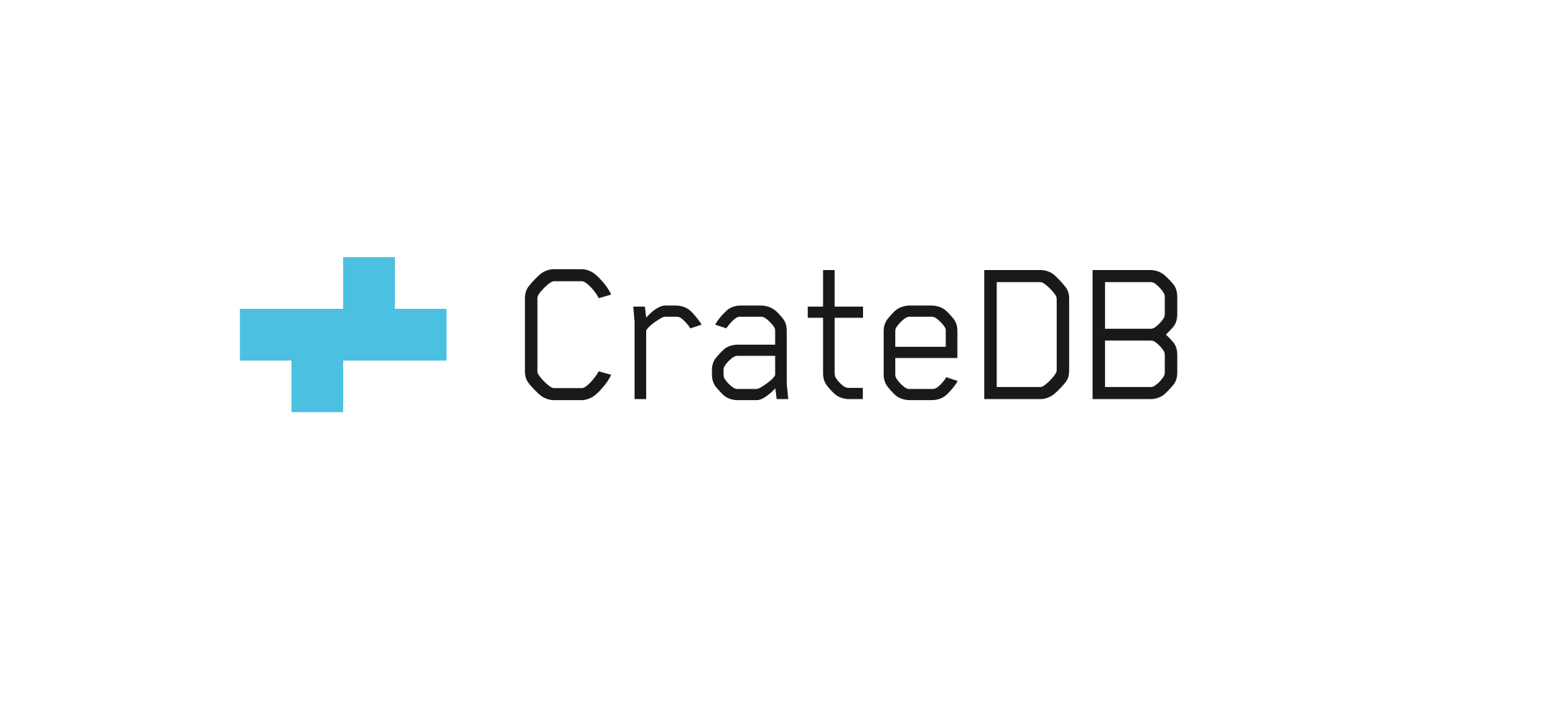
In this release, we improved the performance and stability of CrateDB, diagnostics, and its standard SQL and Postgres compatibility.

In this release, the CrateDB team has focused on improving speed in aggregations, SQLcompatibility and usability.
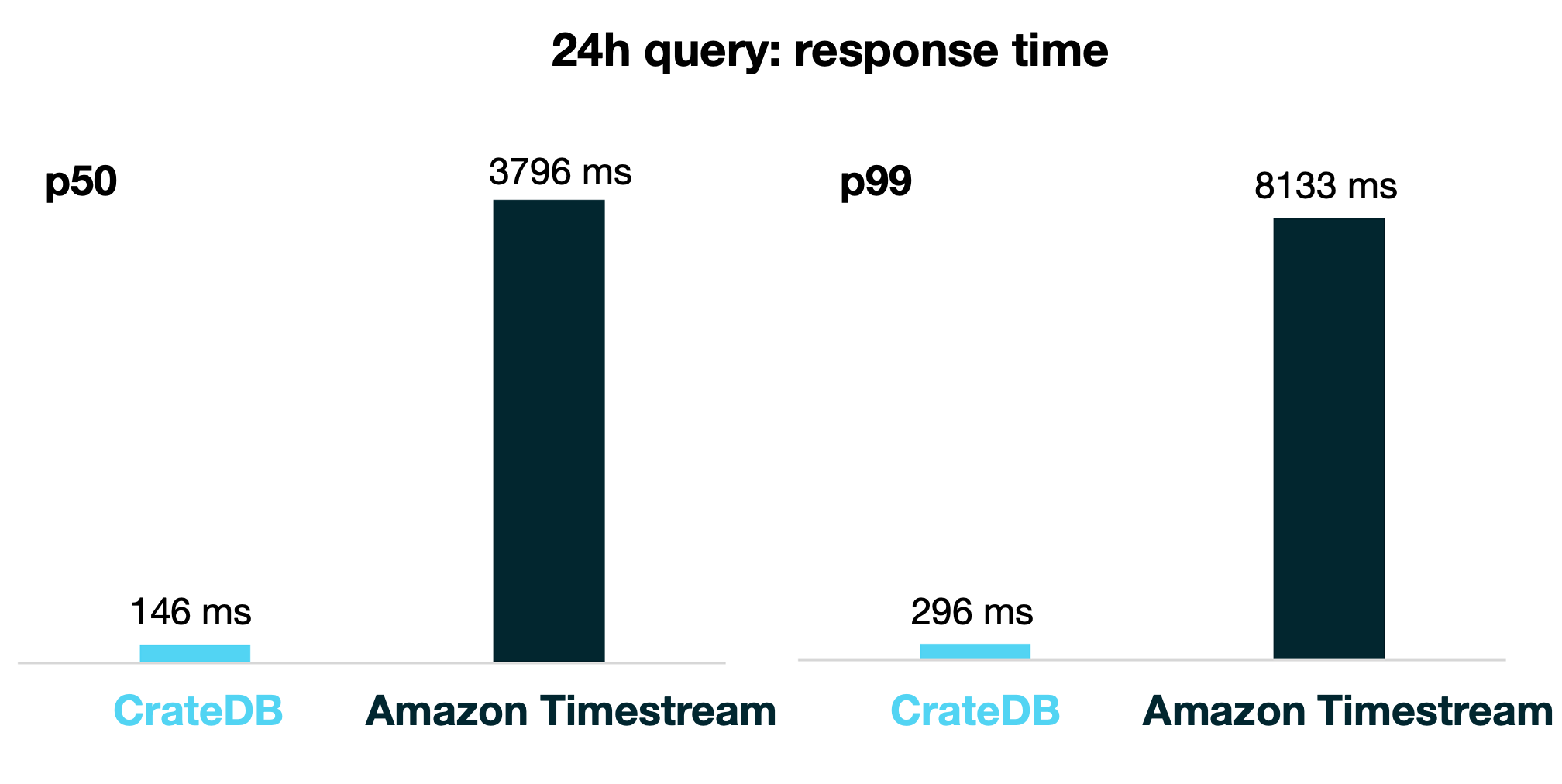
Amazon Timestream is finally out in the world. After playing with it, we share our first thoughts (and also some data)
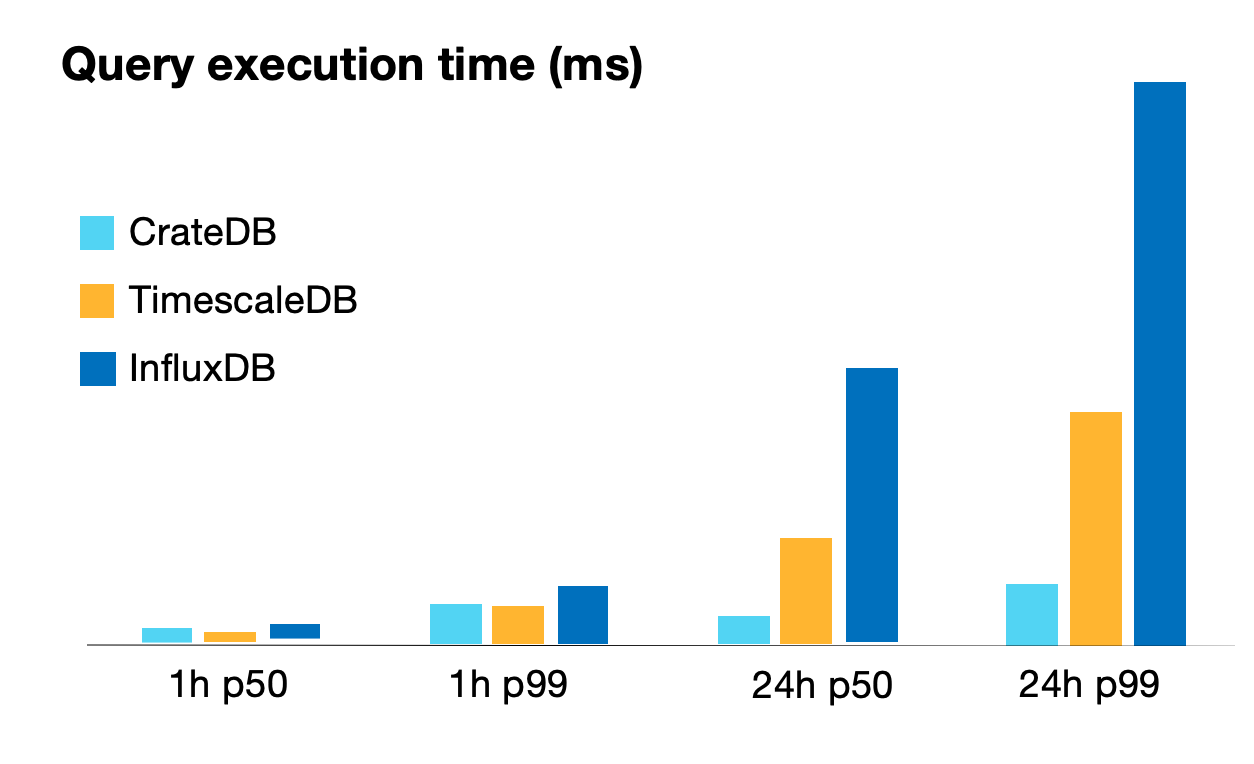
In this blog post, we compare how MongoDB, TimescaleDB, InfluxDB, and CrateDB perform for an industrial IoT use-case.